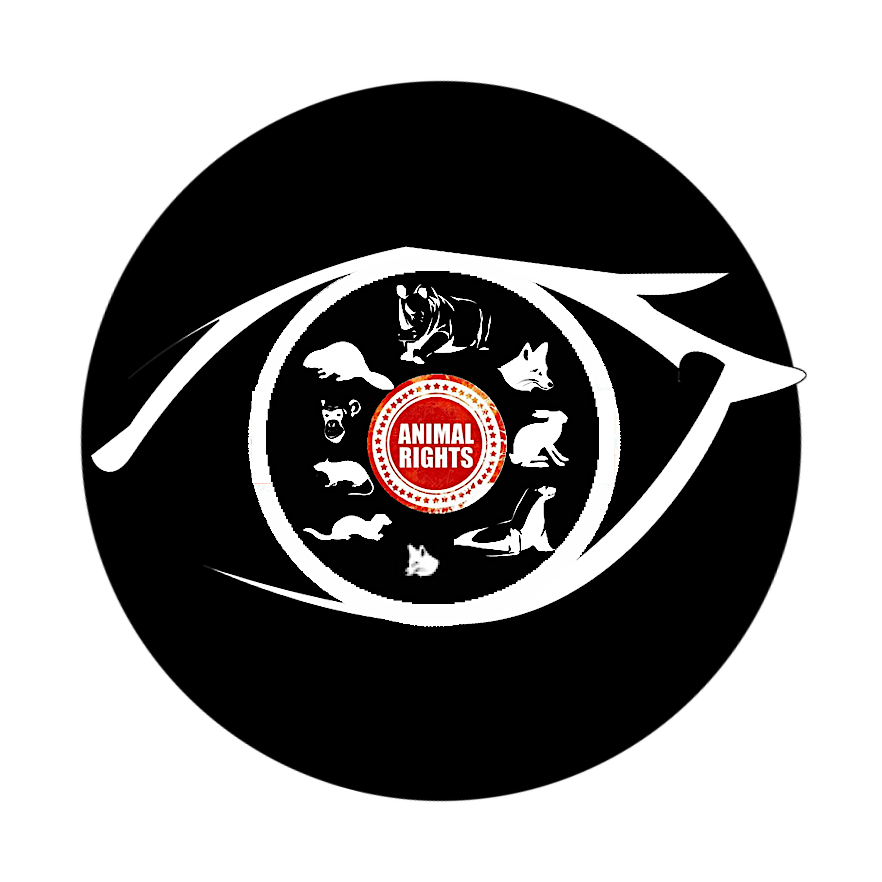Gail Eisnitz spent some years working for HSUS (Humane Society of United States), a group that’s often criticized for not promoting veganism. According to Eisnitz: 'The problem goes well beyond not promoting veganism. The bigger problem was that they were rarely advancing animal protection and have at times partnered with livestock producers in promoting harmful legislation. As I describe in my book Out of Sight, after many months of documenting slaughterhouse violations so I could expose them nationwide, HSUS pronounced that all investigations had to be completed in 11 days. That put an end to my investigation, and I thankfully left for much greener pasture.'
JACK KELLER: In the animal rights space, progress can feel slow. It takes ages to change the status quo, shift mindsets and achieve what feels like a small dent in the meat industry’s stronghold. But, every once in a while, something so loud and compelling happens that it doesn’t just leave a dent: it feels like someone took a sledgehammer to the foundation itself, inviting the public inside to have a look. That’s precisely what happened with the publication of Gail Eisnitz’s Slaughterhouse — required reading here at Friends of Animals.
Eisnitz uncovered how the meat industry’s lust for profits lent itself to consolidation and cruelty, putting workers and consumers at risk, while permitting the freezing, bleeding, throwing, maiming, hanging, discarding and torturing of the doomed animals. She returns with a new book, ‘Out of Sight’, in which she furthers the conversation from Slaughterhouse, while telling the story of her own personal and professional rollercoaster.
The result is a somewhere between Sherlock Holmes and Rachel Carson — relentless in her pursuit of truth, and fearless in her confrontation…. Here is the interview about her new book and the toll of everything that came with it…
JK: What compelled you to write ‘Out of Sight’?
GE: I’ve spent decades both in the field documenting violations against farm animals, and in my office preparing cases and writing about my investigations in articles and books. But my efforts to expose and prosecute animal abusers were largely thwarted by network television producers and law enforcement authorities. So I decided to write Out of Sight in an attempt to bring awareness to the topic of what animals suffer to become food on America’s dinner tables.
By sharing the challenges I experienced in both documenting and exposing farm animal cruelty, I’m hoping to provide readers with insights into what takes place behind the locked gates and guard shacks of U.S. factory farms and slaughterhouses. Also, because the book describes my personal and professional trials and triumphs, it actually reads like a detective story. It brings readers behind the scenes where they can see the inner workings of how the media, law makers, and prosecutors work to shield animal abusers from accountability. I purposefully didn’t want to subject readers to a litany of horrors. The reviews I’ve seen so far all state that readers are finding it difficult to put the book down…
JK: You spent some years working for HSUS, a group that’s often criticized for not promoting veganism. Looking back, do you feel that working under such an umbrella constrained your ability to pursue or frame your investigations the way you wanted to?
GE: Unfortunately, the problem goes well beyond not promoting veganism. The bigger problem was that they were rarely advancing animal protection and have at times partnered with livestock producers in promoting harmful legislation. As I describe in Out of Sight, after many months of documenting slaughterhouse violations so I could expose them nationwide, HSUS pronounced that all investigations had to be completed in 11 days. That put an end to my investigation, and I thankfully left for much greener pastures at the Humane Farming Association. At HFA, I was given the means to continue documenting atrocities and later we exposed them in my first book Slaughterhouse and on the front page of the Washington Post.
JK: Aside from HSUS, what other obstacles did you come up against?
GE: As I continued my investigations into slaughterhouses, industrial pig, calf, and dairy farms, the symptoms of a then-undiagnosed visual processing disorder I had grappled with since childhood dramatically worsened. Other obstacles included my breast cancer diagnosis at age 35, a robbery in which one of three gunmen shot somebody in my presence, elaborate cover-ups by the U.S. Secretary of Agriculture and a state governor, and an unscrupulous HSUS supervisor being sentenced to serve life in prison. As for the rare visual processing disorder, it was only identified in the scientific literature a short ten years ago. I was only diagnosed after I began writing Out of Sight – a diagnosis explored at the book’s climax…
JK: Was there ever a moment where you thought about walking away?
GE: There were many times when, because of my visual processing disorder, that I couldn’t see straight and I could barely function. But not for one moment did I ever think about walking away. Never. Because the animals are suffering, too. And they can’t walk away. SOURCE…
RELATED VIDEOS:

